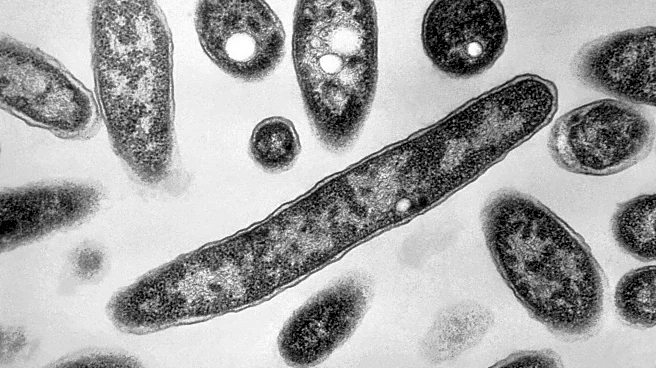What's Happening?
New York City health officials have reported a significant increase in Legionnaires’ disease cases in Central Harlem, with the cluster now totaling 101 cases and four deaths. The disease is believed to have originated from cooling towers, which use water to cool large buildings and disperse mist into the air. If the water becomes too warm or stagnant, Legionella bacteria can grow, posing a risk to those who inhale the mist. The NYC Department of Health confirmed positive tests for Legionella in 12 cooling towers across 10 buildings, including NYC Health + Hospitals/Harlem. Remediation efforts are underway, with 11 towers already repaired and the final one scheduled for completion. Health officials have assured residents that plumbing systems are separate from cooling tower systems, and the outbreak does not affect drinking water or air conditioning.
Why It's Important?
The outbreak of Legionnaires’ disease in New York City highlights the importance of maintaining and monitoring cooling systems in large buildings to prevent bacterial growth. This situation underscores the need for stringent public health measures and compliance with safety standards to protect vulnerable populations, particularly older adults and those with weakened immune systems. The outbreak has prompted increased scrutiny of building maintenance practices and may lead to more rigorous inspections and regulations. The health department's response and remediation efforts are crucial in controlling the spread and preventing further cases.
What's Next?
Health officials will continue to monitor the situation and work with building owners to ensure compliance with testing and remediation protocols. The decline in new cases suggests that the sources of the bacteria have been contained, but ongoing vigilance is necessary to prevent future outbreaks. Public health campaigns may be launched to educate residents about the symptoms of Legionnaires’ disease and encourage timely medical consultation. The incident may also lead to policy discussions on improving infrastructure and public health preparedness.












